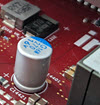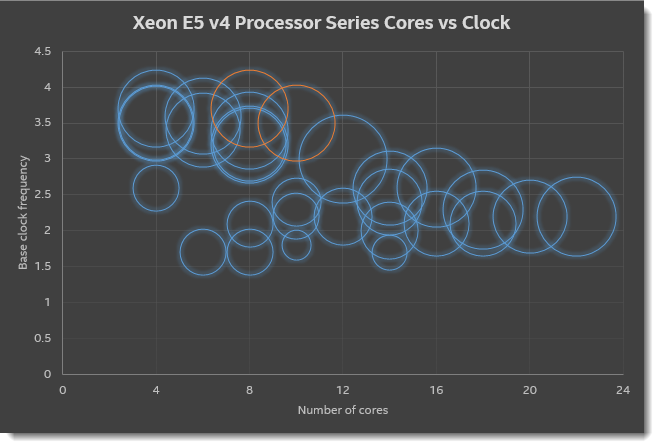
There are many ways to use threading and parallelization to improve the performance of virtual platforms. It is not always easy to successfully use parallelization – it very much depends on the nature of the workloads and model setup – but when it works it can really help. I recently published a long blog post at Intel, detailing an idealized example of threading for a device model that is shipping in the Simics training package.
Continue reading “Intel Blog: Parallelizing a Virtual Platform Model”





 I love bug and debug stories in general. Bugs are a fun and interesting part of software engineering, programming, and systems development. Stories that involve running Simics on Simics to find bugs are a particular category that is fascinating, as it shows how to apply serious software technology to solve problems related to said serious software technology. On the Intel Software and Services blog, I just posted a story about just that: debugging a Linux kernel bug provoked by Simics, by running Simics on a small network of machines inside of Simics. See
I love bug and debug stories in general. Bugs are a fun and interesting part of software engineering, programming, and systems development. Stories that involve running Simics on Simics to find bugs are a particular category that is fascinating, as it shows how to apply serious software technology to solve problems related to said serious software technology. On the Intel Software and Services blog, I just posted a story about just that: debugging a Linux kernel bug provoked by Simics, by running Simics on a small network of machines inside of Simics. See